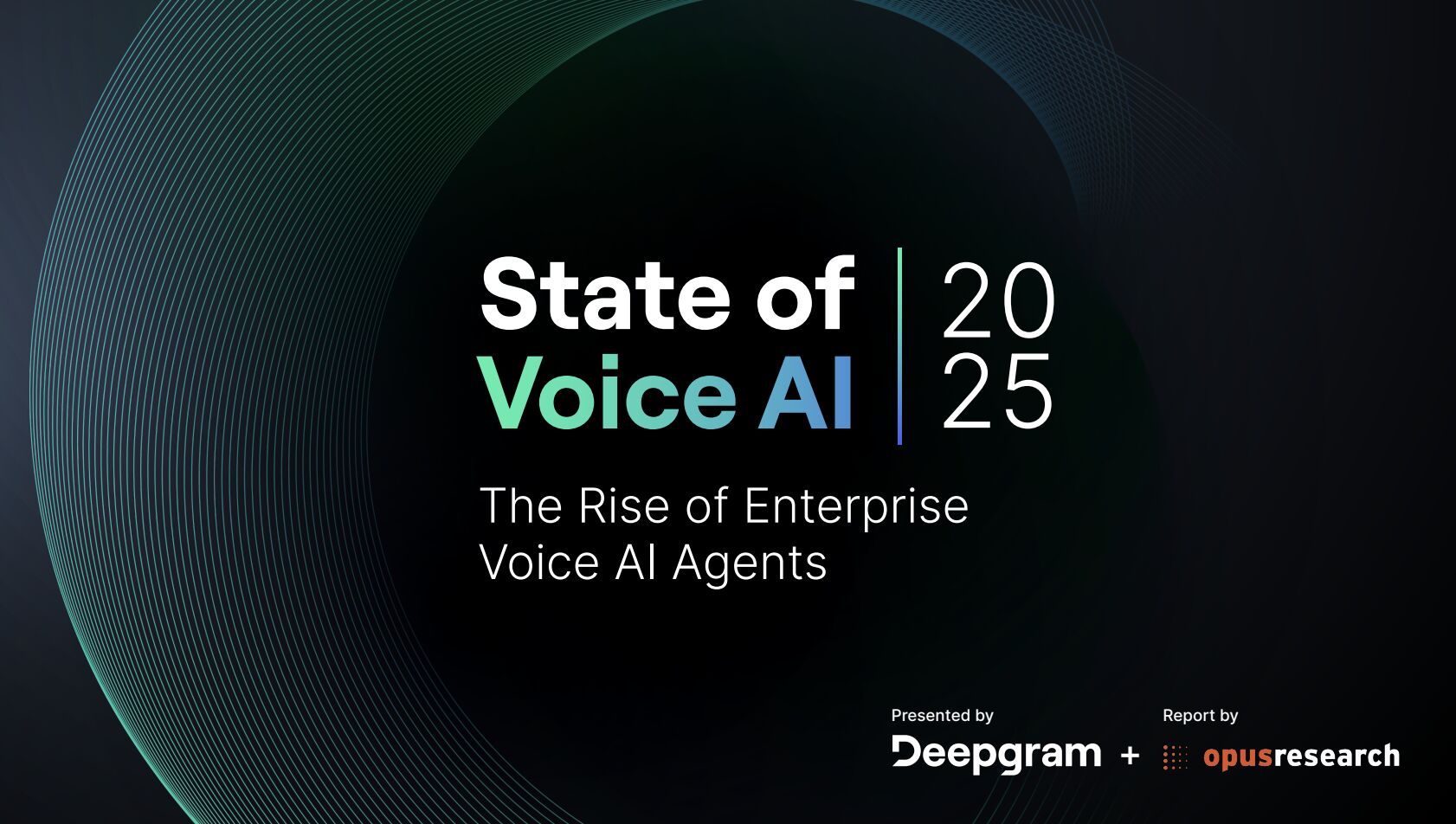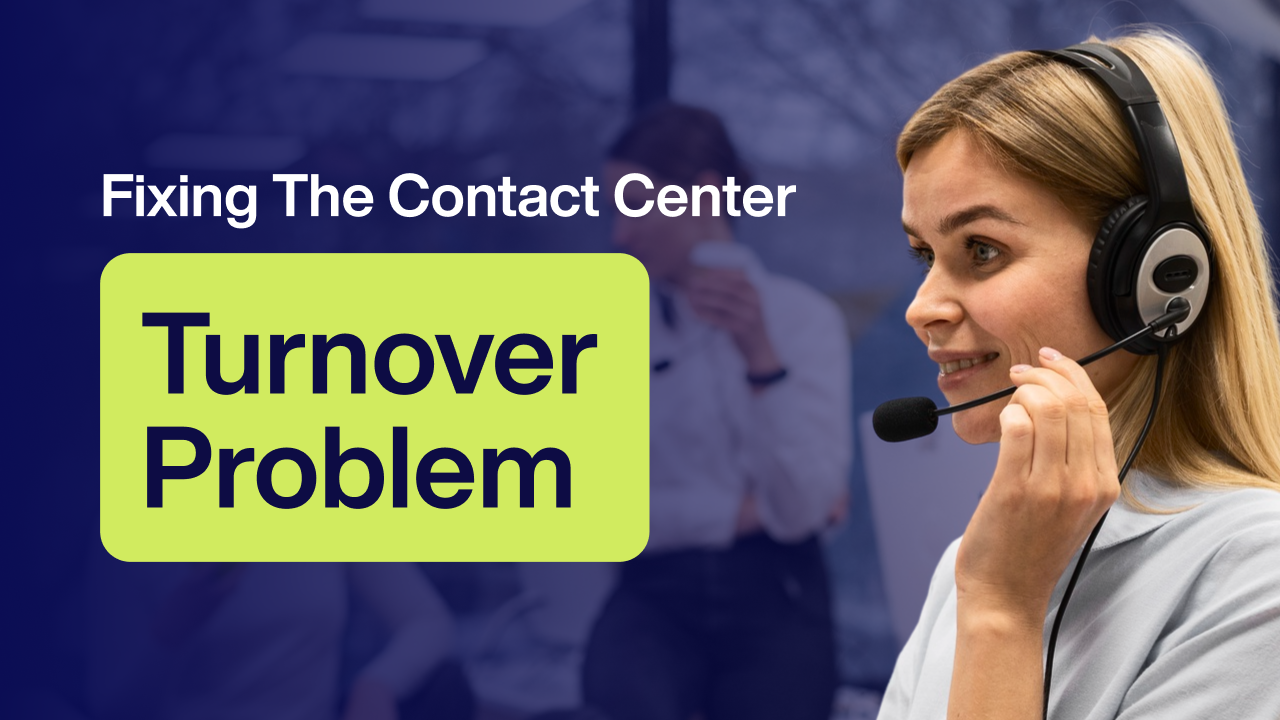The Prospective Payment System (PPS) Demystified

Key Points
- Research suggests AI enhances the Prospective Payment System (PPS) by improving cost predictions and risk adjustments.
- It seems likely that AI integration, like in diabetic retinopathy and stroke diagnosis, boosts efficiency and patient outcomes.
- The evidence leans toward PPS with AI reducing healthcare costs while maintaining care quality, though implementation varies.
Overview of PPS and AI Integration
The Prospective Payment System (PPS) is a method where Medicare pays healthcare providers a fixed amount based on predetermined rates, regardless of the services provided, aiming to control costs and encourage efficiency. Introduced in the 1980s, it uses classification systems like Diagnosis-Related Groups (DRGs) for inpatient care and Ambulatory Payment Classifications (APCs) for outpatient services. AI enhances PPS by improving predictive modeling for cost estimation and refining risk adjustment to ensure fair payments, particularly for complex cases.
Key Features Enhanced by AI
- Predictive Modeling: AI analyzes vast datasets to predict healthcare costs, such as readmission likelihood, helping set accurate payment rates. While direct PPS examples are limited, AI's role in similar models is well-documented, like predicting hospital readmissions.
- Data Analysis and Risk Adjustment: AI improves risk adjustment by detecting comorbidities from EHRs and claims data, ensuring payments reflect patient needs. This dynamic adaptation keeps models current, though specific PPS integrations are emerging.
Real-World Examples
- IDx-DR (LumineticsCore): An AI tool for diabetic retinopathy screening, reimbursed under Medicare's Physician Fee Schedule (MPFS) since 2020 at $64.03 per screening, increased pediatric screening rates from 49% to 95% at Johns Hopkins, enhancing access and outcomes.
- Viz.ai (Viz LVO): AI for stroke diagnosis, reimbursed through Inpatient PPS's New Technology Add-on Payment (NTAP) up to $1,040 per patient since 2020, reduced treatment decision time by 66 minutes, boosting thrombectomy rates by 50-60%.
These examples show AI's potential to improve PPS efficiency, though challenges like regulatory complexity and cost remain, offering unexpected insights into patient care enhancements beyond cost control.
Survey Note: Detailed Analysis of the Prospective Payment System (PPS) and AI Integration
Introduction and Background
The Prospective Payment System (PPS), introduced by the Centers for Medicare & Medicaid Services (CMS) in the early 1980s, marks a significant shift in healthcare reimbursement from retrospective cost-based models to a prospective, fixed-rate system. This change, driven by the Social Security Amendments Act of 1983, aimed to address escalating hospital care costs by setting predetermined payments based on classification systems such as Diagnosis-Related Groups (DRGs) for inpatient hospital services and Ambulatory Payment Classifications (APCs) for outpatient claims. The system is designed to cover the average cost of treating patients with similar conditions, incentivizing providers to deliver care efficiently and control costs. For instance, CMS uses separate PPSs for various settings, including acute inpatient hospitals, home health agencies, and skilled nursing facilities, as detailed on the CMS website (Prospective Payment Systems - General Information).
As healthcare evolves, integrating Artificial Intelligence (AI) into PPS has become crucial for enhancing its effectiveness. AI, with its capabilities in machine learning, predictive analytics, and data processing, offers tools to refine cost predictions, improve risk adjustments, and optimize resource utilization, ultimately leading to better patient outcomes and more sustainable healthcare systems. This survey note explores how AI enhances key PPS features, provides real-world examples, and discusses the implications for future healthcare delivery.
Key Features Enhanced by AI
Predictive Modeling with AI
One of the critical challenges in PPS implementation is accurately predicting the costs associated with treating different patient groups. Traditional methods rely on historical data and statistical models, which often fail to capture the complexity and variability of healthcare costs. AI, particularly through machine learning and predictive analytics, offers a more dynamic approach. By analyzing vast datasets—including patient demographics, medical history, treatment patterns, and outcomes—AI models can identify patterns and trends not apparent through conventional methods. This enables healthcare payers and providers to set more precise prospective payment rates that reflect the true cost of care.
For example, AI can predict the likelihood of hospital readmissions, the duration of hospital stays, and the intensity of care required for specific patient populations. By incorporating these predictions into PPS frameworks, payers can adjust payment rates to account for higher-risk patients or more complex cases, ensuring providers are fairly compensated without overpaying for standard care. While direct examples of AI being used specifically within PPS for cost prediction are limited due to the system's established structure, its broader application in healthcare cost modeling is well-documented. For instance, AI has been used to predict hospital readmissions with high accuracy in value-based payment models, which share similarities with PPS, as noted in various healthcare studies.
Data Analysis and Risk Adjustment with AI
Risk adjustment is a cornerstone of PPS, ensuring that payments reflect the actual health status and care needs of patients. Inaccurate risk adjustment can lead to underpayment for high-risk patients or overpayment for healthier ones, disrupting the financial stability of healthcare providers. AI excels in handling large, complex datasets and can significantly enhance risk adjustment models. By analyzing electronic health records (EHRs), claims data, and other sources, AI can identify subtle patterns and correlations indicating higher risk levels, allowing for more granular and accurate risk stratification.
For example, AI can detect comorbidities and chronic conditions that might not be immediately apparent from standard coding practices. By incorporating these insights into risk adjustment models, PPS can better account for varying care needs across patient populations. Moreover, AI’s ability to continuously learn and adapt ensures that risk adjustment models remain current with evolving healthcare trends and practices. This dynamic capability is particularly valuable in a rapidly changing healthcare landscape where patient profiles and treatment modalities are constantly shifting.
While specific examples of AI directly integrated into PPS risk adjustment are still emerging due to regulatory complexities, AI’s role in broader healthcare risk adjustment is well-established. For instance, AI-powered tools are already used in value-based care models to assess patient risk more accurately, demonstrating their potential applicability to PPS. This integration could lead to more equitable and efficient reimbursement systems, addressing disparities in care access and cost management.
Real-World Examples and Case Studies
To illustrate how AI is being integrated into PPS, let’s examine two pioneering examples: IDx-DR (now LumineticsCore) for diabetic retinopathy screening and Viz.ai’s Viz LVO for stroke diagnosis. These case studies highlight the practical application of AI within PPS frameworks, showcasing improvements in patient outcomes and operational efficiency.
IDx-DR (LumineticsCore) for Diabetic Retinopathy Screening
IDx-DR, now known as LumineticsCore, is the first FDA-approved AI-based diagnostic tool for diabetic retinopathy (DR), a leading cause of blindness in adults with diabetes. This autonomous system allows primary care providers to screen patients for DR without requiring an ophthalmologist’s interpretation. The process involves capturing retinal images using a specialized camera, which are then analyzed by the AI algorithm to determine if the patient has more than mild DR. If detected, patients are referred for further evaluation and treatment.
In 2020, CMS established reimbursement for IDx-DR under the Medicare Physician Fee Schedule (MPFS) with a specific Current Procedural Terminology (CPT) code (9225X), as detailed in an article by the American Academy of Family Physicians (IDx-DR for Diabetic Retinopathy Screening). The reimbursement amount is $64.03 per screening, with $38.35 allocated to the technical component (image acquisition) and $25.68 to the professional component (AI interpretation). This reimbursement has made it feasible for primary care practices to integrate IDx-DR into their workflows, significantly increasing access to DR screening.
The impact of IDx-DR is profound. It has demonstrated a sensitivity of 87% and specificity of 90% for detecting more than mild DR, as noted in FDA announcements (FDA permits marketing of artificial intelligence-based device to detect certain diabetes-related eye problems). By enabling early detection and referral to eye care specialists, IDx-DR can prevent vision loss and improve patient outcomes. Additionally, it streamlines the screening process, reducing the burden on ophthalmologists and making efficient use of healthcare resources. For instance, Johns Hopkins Medicine reported that implementing IDx-DR increased pediatric DR screening rates from 49% to 95%, showcasing its potential to close care gaps in underserved populations, as highlighted in their news article (With AI Tool, Johns Hopkins Clinician Boosts Diabetic Retinopathy Screening to 95% Among Pediatric Patients).
Viz.ai (Viz LVO) for Stroke Diagnosis
Viz.ai’s AI software for stroke diagnosis, specifically Viz LVO, has been integrated into Medicare’s Inpatient Prospective Payment System (IPPS) through the New Technology Add-on Payment (NTAP). Viz LVO uses AI to analyze CT scans of patients suspected of having a large vessel occlusion (LVO) stroke—a condition requiring immediate intervention to prevent severe disability or death. When a CT scan is performed on a suspected stroke patient, Viz LVO automatically analyzes the images and alerts the stroke team if an LVO is detected, enabling quicker decision-making and treatment initiation.
In 2020, CMS approved NTAP for Viz LVO, providing an additional payment of up to $1,040 per eligible patient, as announced on Viz.ai’s website (Viz.ai Receives New Technology Add-on Payment (NTAP) Renewal for Stroke AI Software from CMS). This reimbursement is designed to cover the additional costs associated with using new technologies that demonstrate substantial clinical improvement. The implementation of Viz LVO has led to significant improvements in stroke care, with studies showing a reduction in the time from patient arrival to treatment decision by an average of 66 minutes, as discussed in the Journal of NeuroInterventional Surgery (New Technology Add-On Payment (NTAP) for Viz LVO: a win for stroke care). This time savings translates into better patient outcomes, as faster treatment is associated with reduced disability and mortality.
Furthermore, Viz LVO has been shown to increase mechanical thrombectomy rates—a highly effective treatment for LVO strokes—by up to 50-60%. Hospitals using Viz LVO have reported not only improved patient outcomes but also increased revenue since thrombectomies are reimbursed at higher rates under DRGs. This dual benefit of enhanced care and financial viability underscores AI’s potential to transform PPS, particularly in acute care settings.
Implications and Future Directions
These examples demonstrate how AI can be seamlessly integrated into existing payment frameworks like PPS to enhance patient care and operational efficiency. By leveraging AI tools like IDx-DR and Viz.ai’s Viz LVO, healthcare providers can deliver better outcomes while navigating the financial complexities of prospective payment systems. However, challenges remain, including regulatory complexities, cost implications for smaller providers, and the need for robust data infrastructure to support AI integration.
Looking ahead, the role of AI in PPS is poised for expansion. As AI matures, its applications in predictive modeling, risk adjustment, and operational optimization could lead to more equitable and efficient reimbursement systems. Policymakers and healthcare leaders are encouraged to explore these opportunities, ensuring that AI enhances access to care, reduces disparities, and supports sustainable healthcare financing. The potential for AI to transform PPS offers an unexpected insight into how technology can bridge the gap between cost control and patient-centered care, aligning with the growing demand for value-based healthcare delivery.
Conclusion
The Prospective Payment System has been instrumental in controlling healthcare costs and promoting efficiency since its inception. However, as healthcare becomes more complex and data-driven, integrating AI into PPS is essential to ensure its continued effectiveness. Through predictive modeling and advanced data analysis, AI can enhance the accuracy of cost predictions and risk adjustments, leading to fairer and more sustainable payment systems. Real-world examples like IDx-DR for diabetic retinopathy screening and Viz.ai’s Viz LVO for stroke diagnosis illustrate how AI can be seamlessly integrated into existing payment frameworks to improve patient care and operational efficiency.
As we look to the future, it is clear that AI will play an increasingly pivotal role in shaping healthcare reimbursement models. By embracing these technologies, healthcare providers and payers can work together to create a system that is not only cost-effective but also patient-centered and outcome-driven. We encourage healthcare professionals, policymakers, and technology innovators to explore how AI can be further integrated into prospective payment systems, unlocking new possibilities for improving healthcare delivery and ensuring that every patient receives the best possible care.
Key Citations
- Prospective Payment Systems - General Information CMS
- IDx-DR for Diabetic Retinopathy Screening AAFP
- Viz LVO Viz.ai
- New Technology Add-On Payment NTAP for Viz LVO JNIS
- FDA permits marketing of artificial intelligence-based device to detect certain diabetes-related eye problems FDA
- With AI Tool, Johns Hopkins Clinician Boosts Diabetic Retinopathy Screening to 95% Among Pediatric Patients Johns Hopkins Medicine
- Viz.ai Receives New Technology Add-on Payment NTAP Renewal for Stroke AI Software from CMS Viz.ai
No Spam —
Just Good Stuff.
Join our newsletter for actionable advice, insider knowledge, and strategies that drive real results.
No fluff, just value.
%20(1).png)

.png)



























































.png)
.png)
.png)



.png)
.png)
.png)
.png)
.png)
.png)
.png)
.png)
.png)
.png)
.png)
.png)
.png)
.png)
.png)
.png)

















